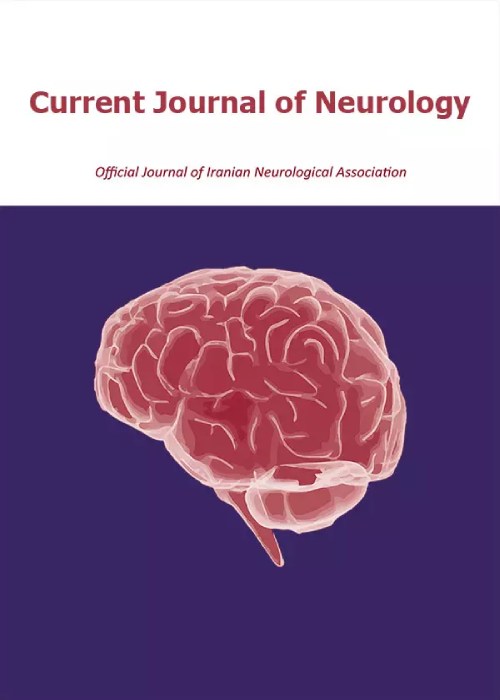Temporal plus epilepsy: Anatomo-electroclinical subtypes
Author(s):
Abstract:
Background
Mesial temporal lobe epilepsy (TLE) is a remediable epileptic syndrome. About 40% of patients continue to have seizures after standard temporal lobectomy. It has been suggested that some of these patients could actually suffer from a more complex epileptogenic network. Because a few papers have been dedicated to this topic, we decided to write an article updating this theme.Methods
We performed a literature search using the following terminology: temporal plus epilepsy and networks, temporal plus epilepsy, orbito-temporal epilepsy, temporo-insular epilepsy, temporo-parieto-occipital (TPO) epilepsy, parieto-temporal epilepsy, intracortical evoked potential and temporal plus epilepsy, temporal lobe connectivity and epilepsy, intracortical evoked potential and epilepsy surgery, role of extratemporal structures in TLE, surgical failure after temporal lobectomy, Diffusion tensor imaging (DTI) and temporal epilepsy, and positron emission tomography (PET) in temporal plus lobe epilepsy in the existing PubMed databases. We searched only English and Spanish literature. Only papers that fit with the above-mentioned descriptors were included as part of the evidence. Other articles were used to reference some aspects of the temporal plus epilepsy.Results
A total of 48 papers from 2334 were revised. The most frequently reported auras in these groups of patients are gustatory hallucinations, vestibular illusions, laryngeal and throat constriction, atypical distribution of somatosensory symptoms (perioral and hands, bilaterally hands paresthesias, trunk and other). The most common signs are tonic posturing, hemifacial twist, and frequent bilateral clonic movements. Interictal electroencephalographic (EEG) patterns exhibit regional and frequently bilateral spikes and/or slow waves. The first ictal electrographic change is mostly regional. It is important to note that the evidence is supported by case series or case reports. Thus, most of the data presented could represent the features on these cases and not actually the totality of the iceberg.Conclusion
Temporal plus epilepsy is a diagnosis that can be done only after the invasive recordings have been analyzed but an adequate suspicion may arise based on clinical, EEG and imaging data.Keywords:
Language:
English
Published:
Current Journal of Neurology, Volume:15 Issue: 3, Summer 2016
Pages:
153 to 163
magiran.com/p1567832
دانلود و مطالعه متن این مقاله با یکی از روشهای زیر امکان پذیر است:
اشتراک شخصی
با عضویت و پرداخت آنلاین حق اشتراک یکساله به مبلغ 1,390,000ريال میتوانید 70 عنوان مطلب دانلود کنید!
اشتراک سازمانی
به کتابخانه دانشگاه یا محل کار خود پیشنهاد کنید تا اشتراک سازمانی این پایگاه را برای دسترسی نامحدود همه کاربران به متن مطالب تهیه نمایند!
توجه!
- حق عضویت دریافتی صرف حمایت از نشریات عضو و نگهداری، تکمیل و توسعه مگیران میشود.
- پرداخت حق اشتراک و دانلود مقالات اجازه بازنشر آن در سایر رسانههای چاپی و دیجیتال را به کاربر نمیدهد.
In order to view content subscription is required
Personal subscription
Subscribe magiran.com for 70 € euros via PayPal and download 70 articles during a year.
Organization subscription
Please contact us to subscribe your university or library for unlimited access!


